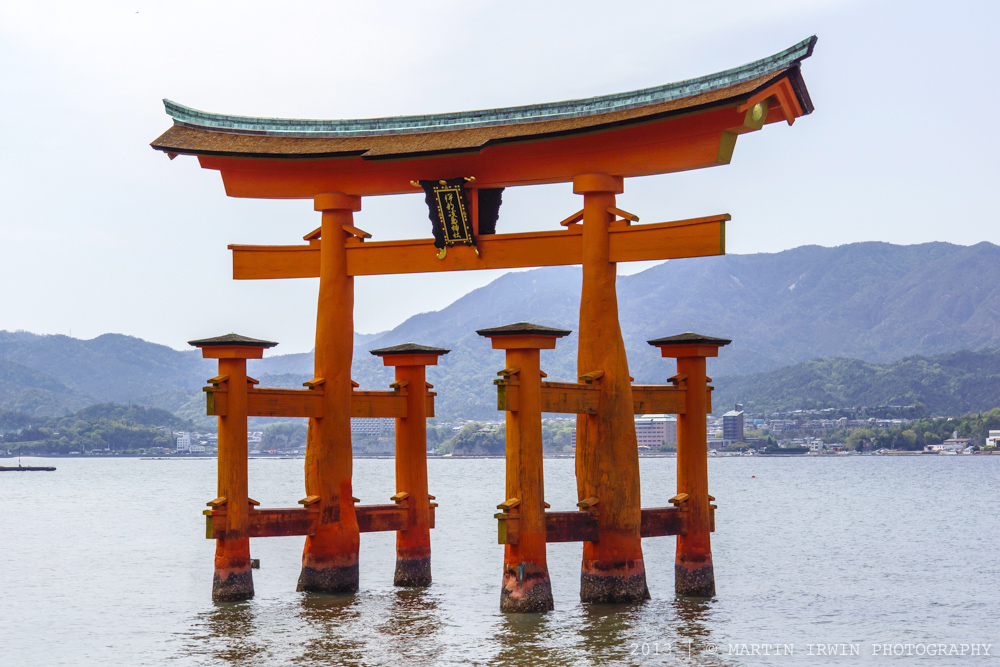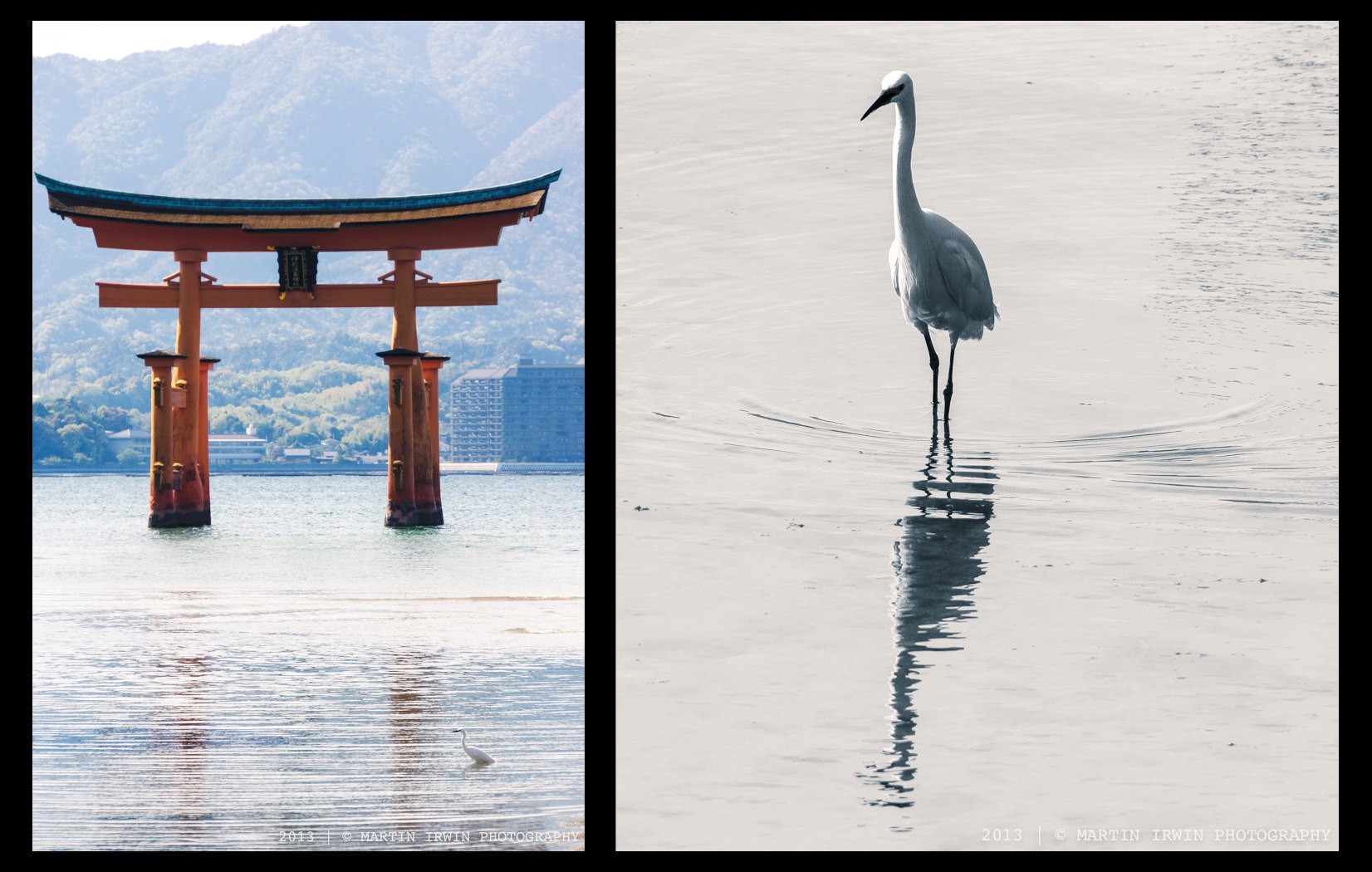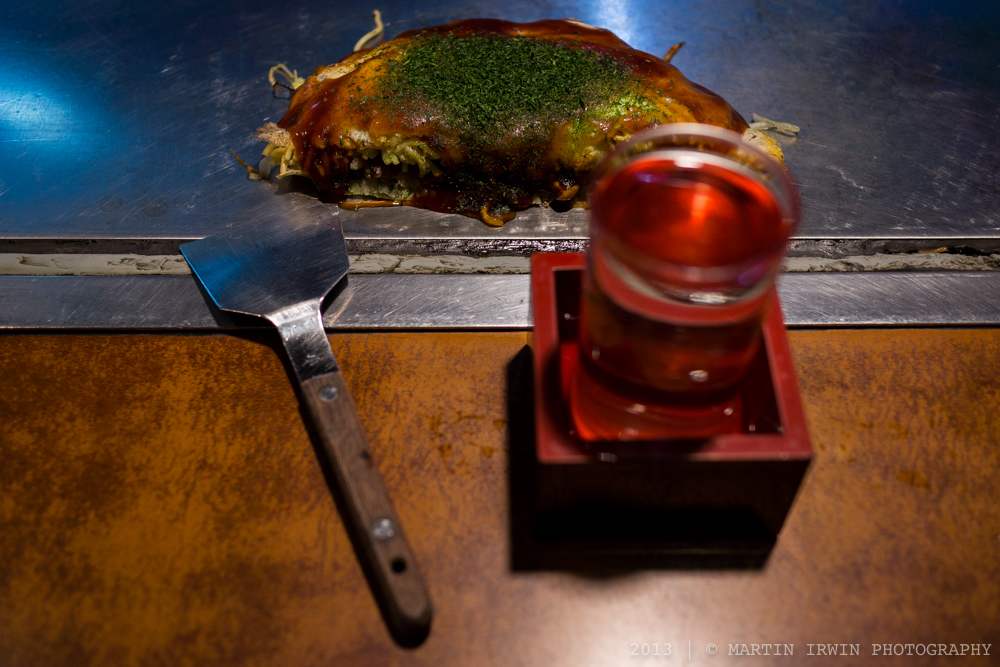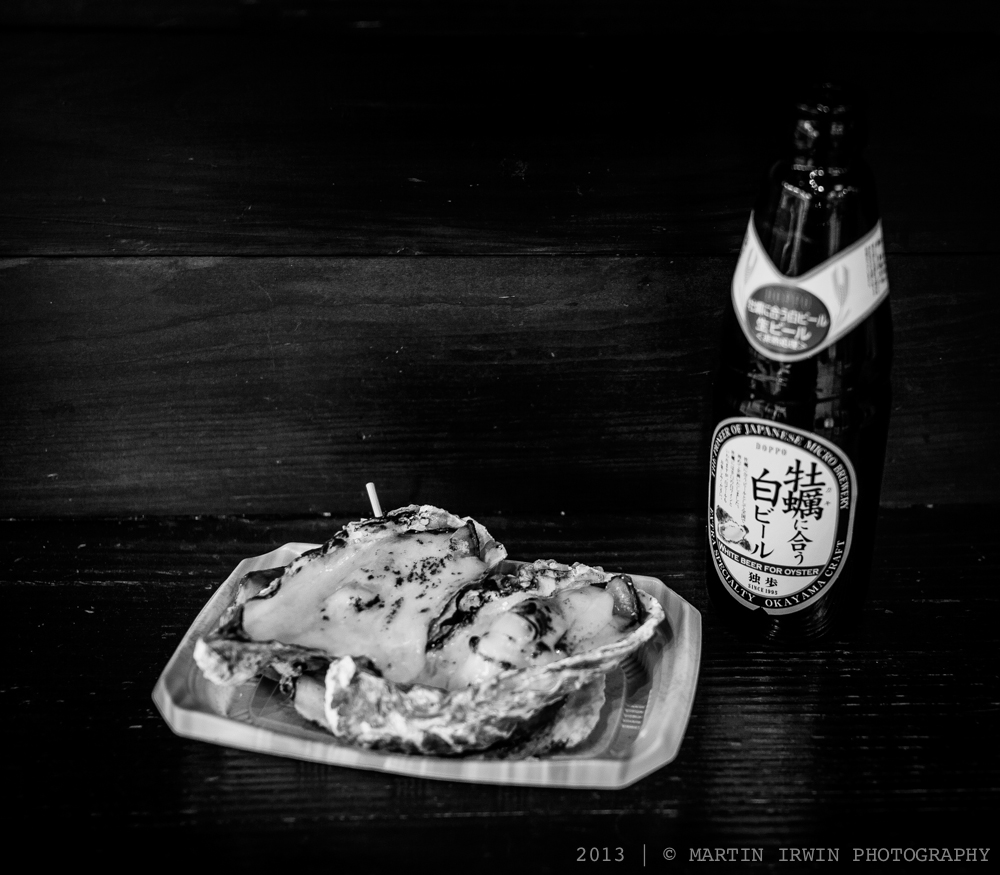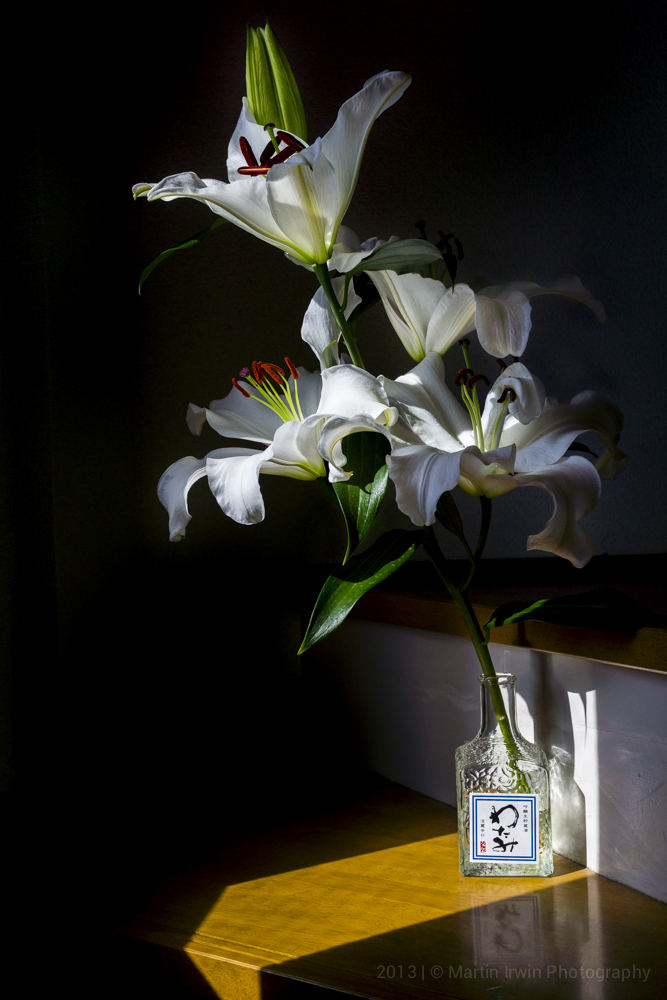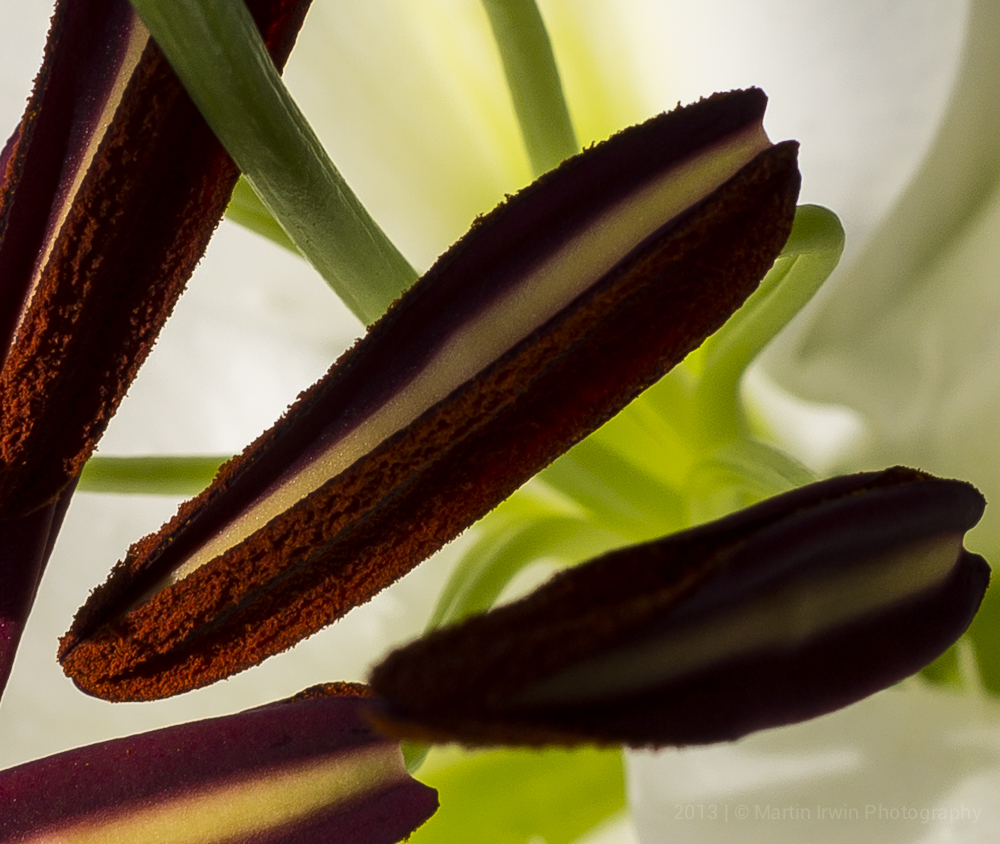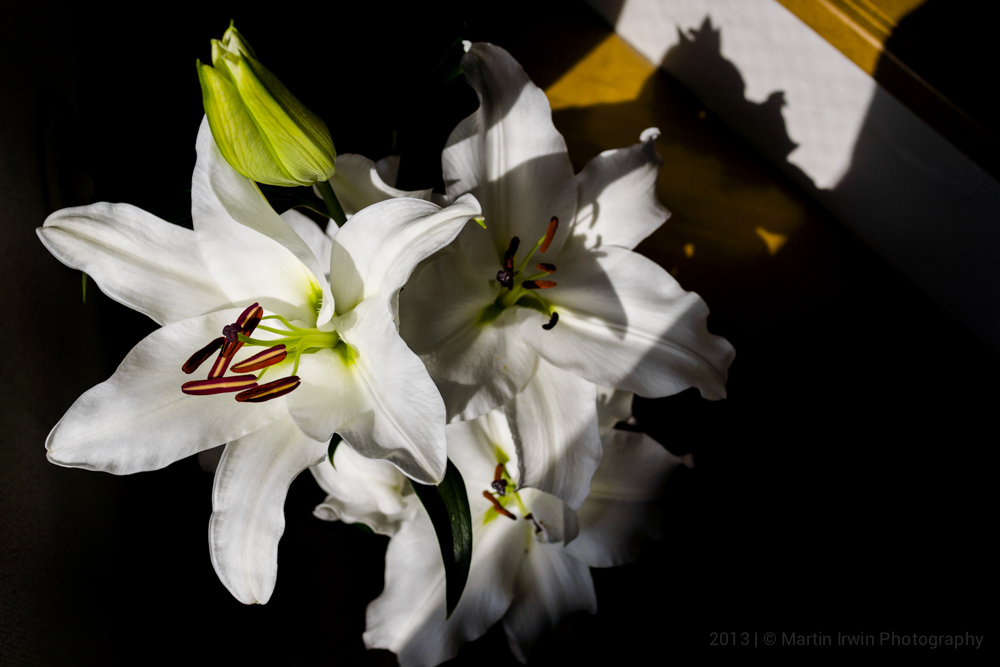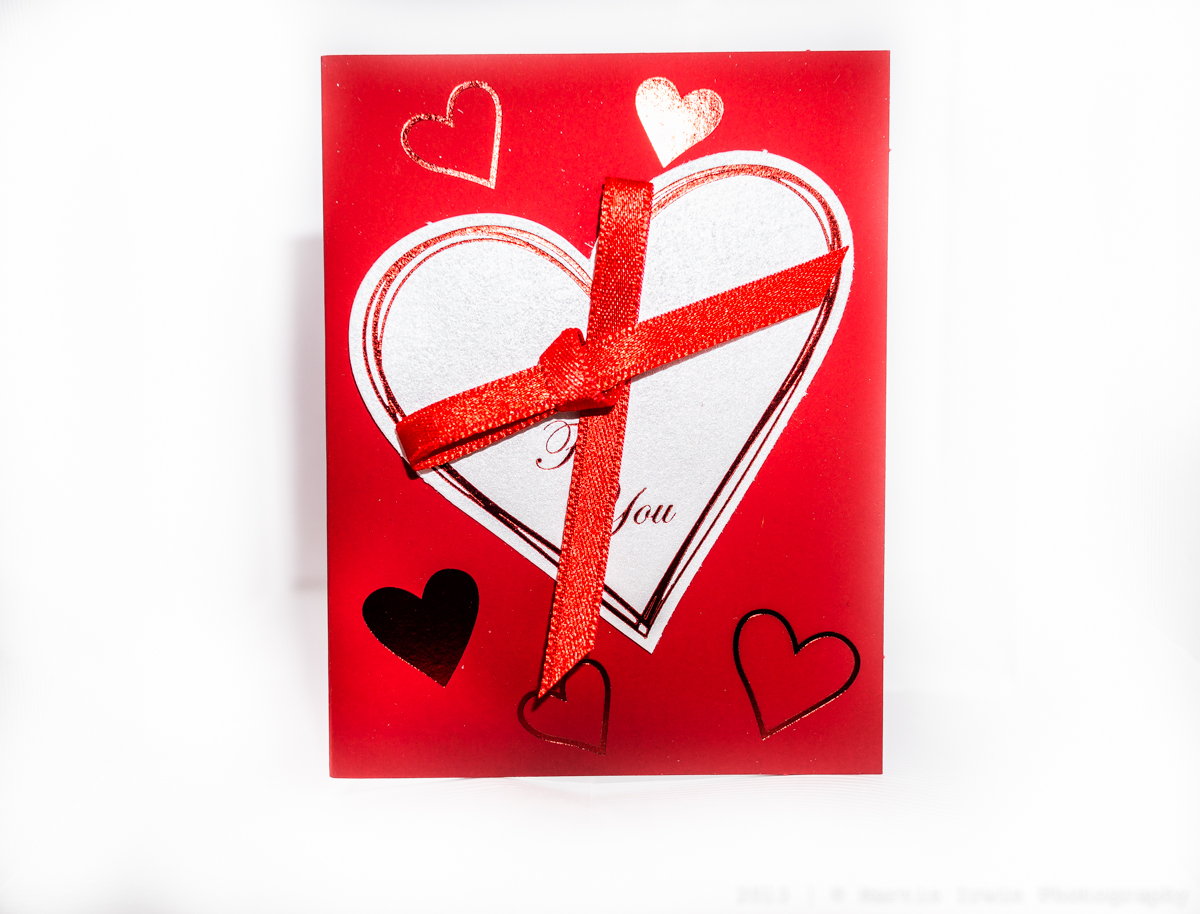I started writing this review five years ago... and finally took the time to finish it off. Here's one of the best primes on the FE mount, the Sony "Zeiss" FE55F18ZA.
Read MoreZeiss
Updates
I took to the streets with my trusty 28mm Zeiss Distagon, and tried to remember how to use my camera...
Read MoreSoaking up the sun
Yesterday saw the [temporary] return of fair weather after a week of drizzle. The temperature was around 35°C again, and the flowers seemed to appreciate the strong sunlight, after all that juicy rain.
We ventured out of central Tokyo, as Charlotte has a field campaign on the outskirts. After checking the instruments, we walked back though the [relative] countryside to the train station. On the bus ride to the site, I remembered seeing this sunflower farm, and just had to grab a few snaps.
I'd never properly looked at the inside of a sunflower before now. It's quite mesmerising!
Waffles
Waffles | NEX-7 & SEL24F18Z | 24mm, 1/125s, f/2.2, ISO100 , RAW Not exactly the most healthy of afternoon snacks, but perhaps one of the most tasty! This cute little waffle-shop in shimokitazawa specialises in waffles and coffee... so that's what we had! I went for the healthy option of strawberries and custard, topped with oodles of maple syrup, and a strong black coffee with which to wash it down. Lovely!
Purple
Itsukushima Shrine/Miyajima [Hiroshima Pt. 3]
Shika | NEX-7 & SEL24F18Z | 24mm, 1/3200s, f/2.0, ISO100, RAW
There's more to Hiroshima than the Atomic Bomb Dome, and its fantastic cuisine. Hiroshima's home to one of the three Nihon-sankei (日本三景三景 - meaning literally "Three Views of Japan"), with the Itsukushima Shrine on "Miyajima".
The island itself is technically Itsukushima, but the centrepiece of the island really is its shrine, and it's been lovingly nicknamed "The Shrine Island", or Miyajima, which is thankfully much easier for foreigners to pronounce! The Shrine itself is beautiful, and is made all the more impressive with the enormous, floating, Torii gate in the bay.
The island itself is technically Itsukushima, but the centrepiece of the island really is its shrine, and it's been lovingly nicknamed "The Shrine Island", or Miyajima, which is thankfully much easier for foreigners to pronounce! The Shrine itself is beautiful, and is made all the more impressive with the enormous, floating, Torii gate in the bay.
Torii
Deer, shika, roam freely on Miyajima. In the Japanese Shinto religion, they're a messenger of the Gods. They were extremely docile and plodded around the island, occasionally sniffing the odd tourist. I managed to find one under some trees, with his head in the sunlight, completely at peace. I took quite a few photos of him, and ran over to my girlfriend afterwards, with a huge smile on my face. I'm not quite sure I've ever been as excited about taking a photograph as the one below!
Shika
After chilling out near the temple, watching the oodles of tourists (mostly Japanese) having their photo taken in front of the Torii, we headed towards the shrine itself. The shrine is actually a UNESCO World Heritage site, and monks perform traditional Japanese weddings on the island. Goodness knows how much that costs, but it looked absolutely stunning, as if we'd been thrown back a few hundred years.
DSC05006
After feasting on Oysters (I mentioned in Part 2 of this photodiary that I'd eaten Oysters for the first time; it was on this very island. Quite a memorable experience!), we headed up the winding streets, towards Mt. Misen (the peak of the island). Turning back, I saw an Egret (not the first one I've seen in Japan) hunting for crabs. I fired off a few quick snaps with my SEL18200LE:
DSC04968_v2
I then looked up towards the mountain, only to see an Eagle soaring above us!
DSC05000
This was turning into quite the adventure! On the way up to the cable car (ropeway, in Japanese), which was included in our 2000 yen/2-day ticket, I noticed these momiji (Japanese Maple). They're very famous in Japan, and I've photographed some before, in Tokyo. They're even more famous on Miyajima, where one can purchase cake-sweets made in the shapes of the leaves. They taste even better than they look!
DSC05008
We'd taken the cable car to the highest point, but didn't have time to walk to the very summit of Mt. Misen, as the last return cable car was only 40-odd minutes away (17:30). We didn't really fancy the 2-hour walk down to the shore, as I wanted to get some nice low-angled light shots.
DSC05043
After being dropped off at the base-station, we took the shuttle bus back to the main town. As we were walking along, my girlfriend noticed that we could see the giant Torii from this level. I, being a little taller, could see over the stone wall and was amazed. Blossoms, shrine, Torii... all in view!
DSC05069
The light rapidly fades in Japan, but we're often treated to clear skies and gorgeous sunsets. The tide was just on its way out, and I hopped onto the beach, got down low, and snapped away.
With this post, I'll bring to a close this holiday photodiary of Hiroshima. I sincerely hope it's been interesting, and encourages you to visit this beautiful area of Japan. Stay tuned for more!
Food in Hiroshima [Hiroshima Pt. 2]
Okonomiyaki | NEX-7 & SEL24F18Z | 24mm, 1/25s, f/2, ISO100, RAW
Each and every prefecture of Japan has its own regional dish. Sometimes specific areas within a city might be famous for a certain type of cuisine. Hiroshima's no different.
DSC04626
It's possible to get the bullet train from Tokyo to Hiroshima in just under 4 hours, which is quite impressive (~800km). This time, however, we flew to Hiroshima directly from Tokyo's domestic Haneda Airport (though it does have a few international flights), with Japanese airline ANA. Haneda airport is something else. It's like being in a quiet museum. The atmosphere is so calming. We checked in the bags using just our mileage cards (didn't show any ID for the entire journey), and went to have some breakfast to start the day.
DSC04631
DSC04632
The toasted panini and double espresso went down a treat, in the ground floor café... with a live pianist. Rather lovely. We headed back upstairs to departures, bought some food and drink for the flight (you can bring drinks onto Japanese domestic flights), and went through security.
DSC04741
Panini's are not what Japan's famous for. It's probably most famous for... sushi? I've been here so long that I've forgotten what I used to think of Japan before living here! Anyway, Hiroshima is famous for its take on the Japanese "pancake" called "oko-nomi-yaki". In the top left of the sign above, you'll see the characters 広島名物 which essentially says "Hiroshima's Speciality". On the right of that, we find 元祖 which means "original". OK, so we've found somewhere pretty good! The bottom left characters are お好み焼き (okonomiyaki), so we know this should be the original speciality pancakes of hiroshima! へんくつや is the name of the shop, which is pretty much in local dialect but means that they're passionate about what they do. Excellent! Let's grab a bite to eat...
DSC04747
We sat down and I promptly ordered some hot sake 「熱燗」which was warmed in the boiling tub of soba noodles which would make up our "pancake". We ordered a local speciality (in Japanese, much to the surprise of the owners), and he got cooking (main picture, at the top). I'll not describe the process, for fears of getting it wrong, but it's essentially a case of breaking an egg onto the teppan (hot plate) to make a thin omelette/pancake, frying pre-boiled noodles on the teppan, adding cabbage, pork, squid, oysters... whatever, and then stacking it all together, topping it with a sweet sauce and green sprinklings (seaweed?). However it's made, it's delicious.
DSC04939
Oysters may seem like an odd ingredient into this pancake medley, but they're probably Hiroshima's most famous food. They find their way into everything. The next day, we made a special trip to a famous island (separate post on that to follow), and I really fancied some of the local oysters. I'd never had oysters before. I think there's an episode of Mr. Bean, which really put me off. Yes, there is. Here. I think that put me off, when I was a child. They just never looked appetising These ones, however, very much did.
DSC04941
I bought myself a local beer, designed especially to be eaten with oysters, and waited whilst my oysters were cooked over a set of hot coals. I ordered some with a sprinkling of cheese on top, just in case I didn't like them.
DSC04943
I loved them! They're kind of like massive scallops... but more meaty. Hard to explain, but I'm now a convert. I ordered some the following night without the cheese.
DSC04944
Charlie doesn't care for sea-food, so she had one of the local steamed bread rolls with beef inside. They looked lovely, and smelt fantastic. A good substitute!
DSC05140
For our evening meal, we had another local speciality, 広島つけ麺, pronounced "hiroshima tsu-ke-men". It's a spicy sauce packed full of sesame seeds, into which one drops in the side of noodles and salad, before eating. Simply gorgeous, and very refreshing!
DSC05148
In the mornings we had huge breakfasts at the hotel, comprising pancakes, mini-bread rolls, fresh orange juice, and a few too many cappuccinos. Well, we were on holiday...
DSC05184
The view from the hotel was a mixture of dramatic mountains, and modern-day Japanese skyscrapers. We were definitely in Japan, that's for sure.
DSC05188
Getting around Hiroshima is quite easy. There's no underground, as the city's pretty small. It does have a very quaint tram (road car) system, which is reasonably priced. We bought a ¥2000 (15 EURO) ticket for unlimited 2-day travel, including ferry rides. Not a bad deal at all.
DSC05189
Earlier, I said we flew to Hiroshima. We did, but the airport is about 45 minutes from the centre of the city, by bus. This is where the total time between flying and bullet-trains diminishes to the point where one chooses by simply cost alone. Having said that, the JR Rail Pass, only available to tourists - and highly recommended, means all bullet train rides are paid for. Our city-airport bus (in the background of the shot) was occupied only by Japanese... and us. We weren't the usual tourists!
DSC05190
Waiting for our lunchtime flight, we settled down to another bowl of tsukemen noodles (this one is actually tsuke-tan-tan-men, つけ担々麺). Delicious!
That concludes the "Food in Hiroshima" post - stay tuned for the next installment!
Last One
Last One | NEX-7 & SEL24F18Z | 24mm, 1/125s, f/3.5, ISO100
Last week, I posted a photograph showing some lilies pointing towards the thin slither of light dissecting our curtains. Clearly searching for the light, I've tried to oblige. Within a couple of days, they'd reached this state:
and now, they've been pruned, with the 'Last One' now in full bloom. They're a stunning white. Their smell fills the entire apartment, which is really a very welcome greeting after a long day in a stagnant office.
The above shot is a 100% crop showing the NEX-7 & Zeiss combo is really quite a combination. Such a powerful combination in fact, that it's stayed in this state almost entirely throughout our recent trip to Hiroshima, which I will expand upon soon.
I'm beginning to wonder whether I buy flowers for my girlfriend... or for myself!
Final Blossoms
Final Blossoms | NEX-7 & SEL24F18Z | 1/1250, f/2.2, ISO100, 24mm, RAW
The final blossoms are falling here in Tokyo, making way for the lush greens of the upcoming rainy season. There have been some collossal winds, and a bit of rain, so not many blossoms remain. The beginning of this week had some gorgeous sunlight, though. It was a little cloudy today, but the weather looks a little better this weekend, so I'll have my NEX batteries charged.
Down to a T
Down to a T | NEX-7 & SEL24F18Z | 24mm, f/2, ISO 400, 1/100, RAW
I've just figured out how to publish an image properly on my blog, keeping its RSS information intact. Sweet.
Later today I'll try something else; editing and posting from my Nexus 7. I'm writing this on my Nexus 7 right now, but this photo was uploaded from my computer last night.
More about the photo... it's one of the many walls of the Tsutaya in Daikanyama. Tsutaya is a book, music, game, and film rental chain in Japan, which is still very much popular in this digital age. Buying goods at other shops with a compatible credit card around Japan, will get you store credit here. The so-called "T-Point" can be found in many shops and coffee places, giving a strong incentive to pay a visit to Tsutaya for your next media fix.
Happy White Day!
Happy White Day │ NEX-7 & SEL24F18Z │ 24mm, ISO 200, f/4, 1/60, RAW
What girl doesn't like being woken up with a little card and box of chocs? Charlie certainly seemed pretty happy this morning! Though she'd forgotten that today was White Day, I certainly hadn't. I'd previously written that on the 14th Feb, girls are to give their loved ones a card (and maybe some chocolates), but that on the 14th of March, the boys reciprocate with a [larger] box of chocolates. Here, however, the men don't get the women a card. I guess cards are too girly? Well, after much searching, I found one, nevertheless.
The term sanbai gaeshi (三倍返し, "thrice the return") is used to describe this rule. Not returning the gift is perceived as the men placing himself in a position of superiority, even if excuses are given. Returning a present of equal value is considered as a way to say that you are ending the relationship.
I think Charlie knows the score ;)
Colour, contrast
Quite clearly Japan. The trees, the topography; this certainly isn't the UK. I don't usually take photos with multiple-exposure, as I don't usually take a tripod with me. The Zeiss performed well, and there is a huge amount of detail in the trees, and decent colour and micro-contrast. As always, taking the scene in, breathing the air, is much more impressive, but I hope this [heavily compressed JPEG] gives you an idea.









